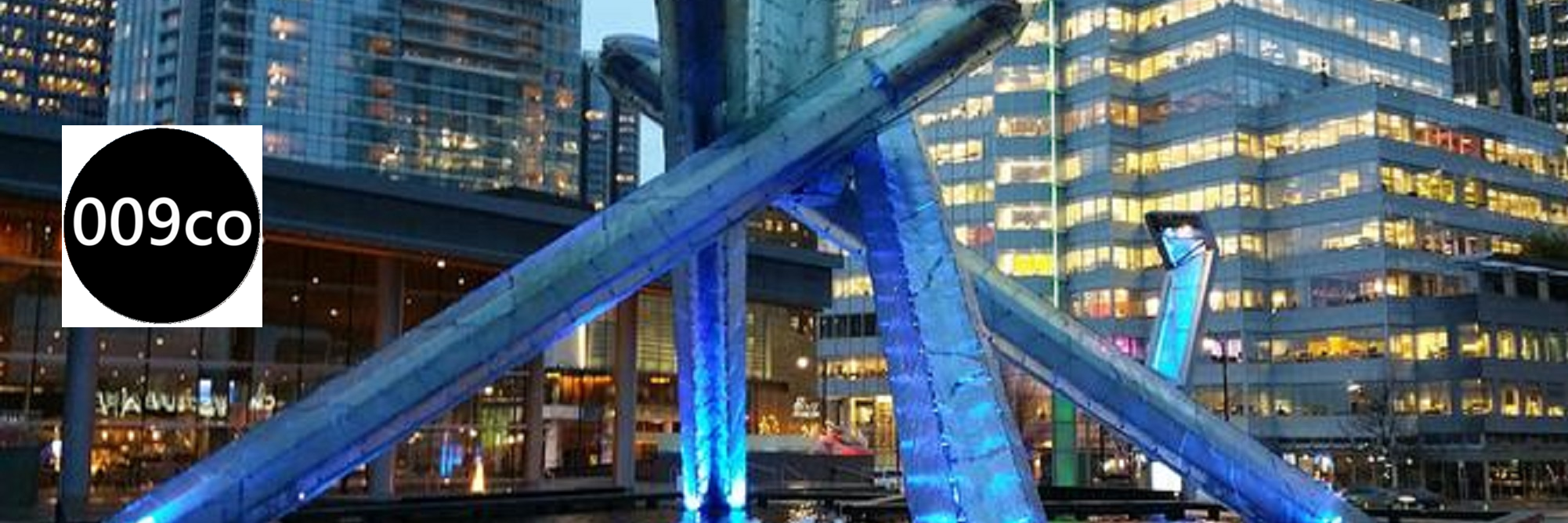Always remember to start Python Virtualenv
When learning to develop Django and Flask Python applications using virtual environment I did not know that I should activate the virtual environment before running the application. Well, more precisely, I did know the virtual env should be activated but rather I assumed it would be activated somehow auto-magically. I was using MS Visual Studio […]
Always remember to start Python Virtualenv Read More »
